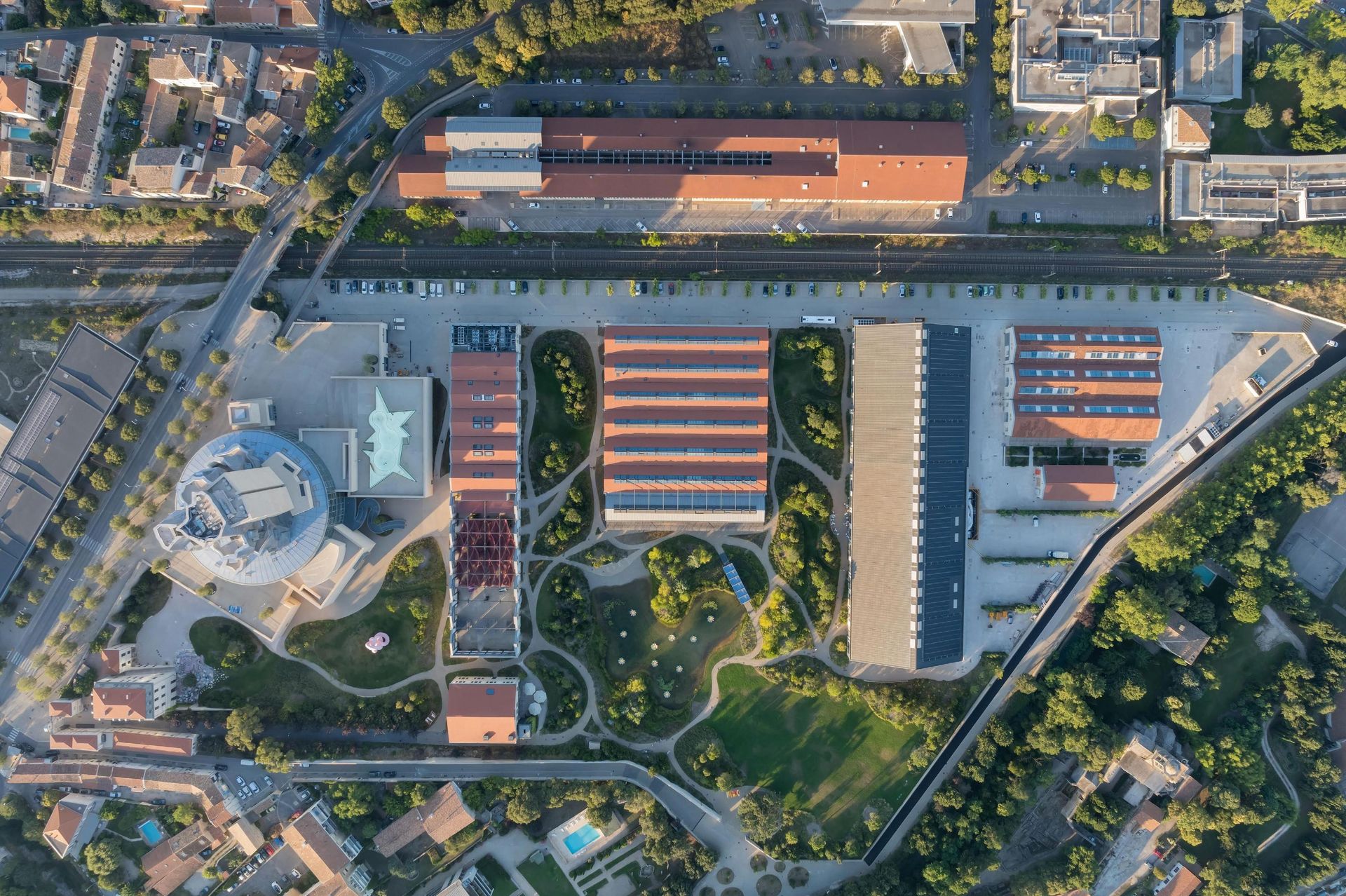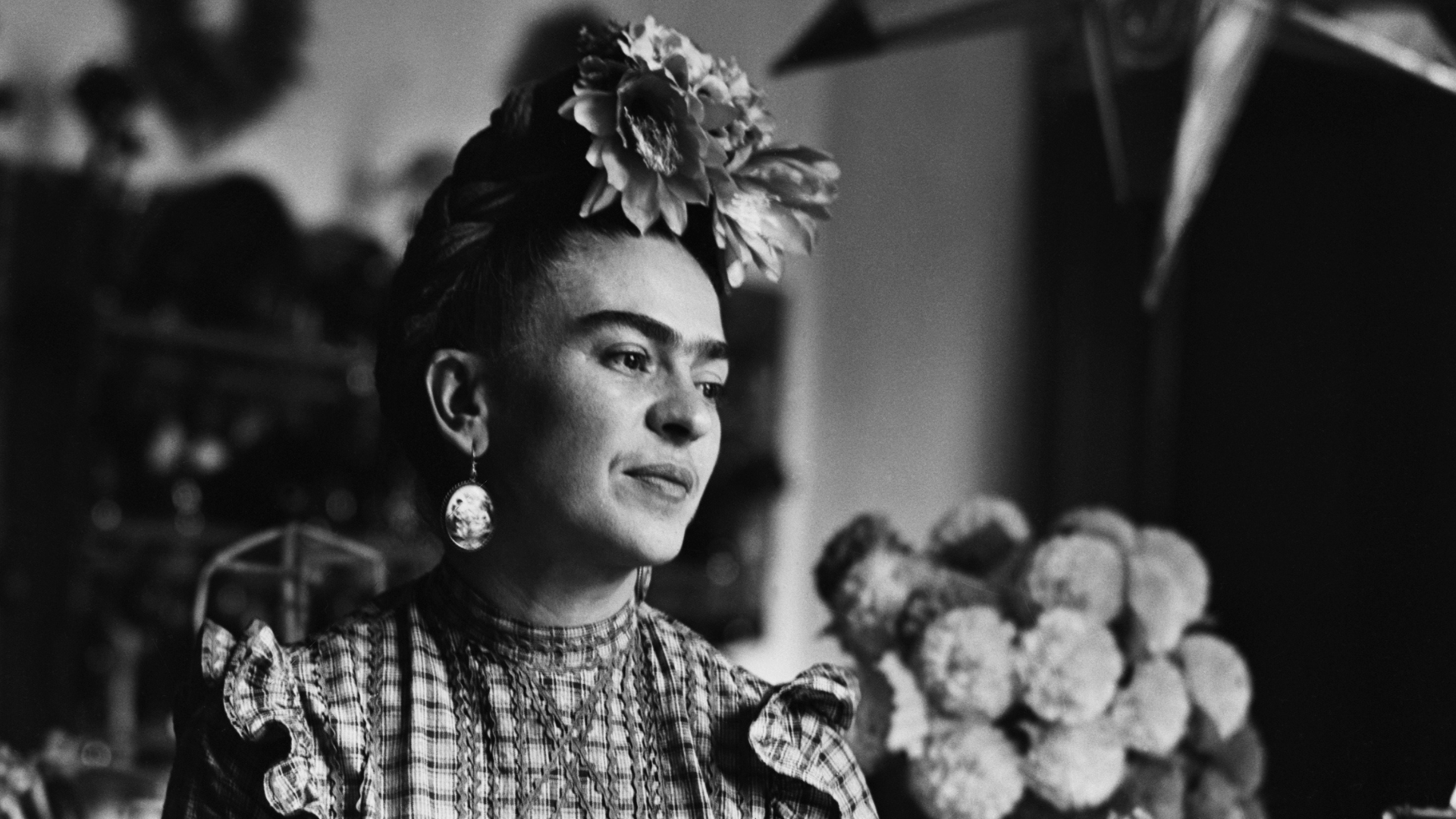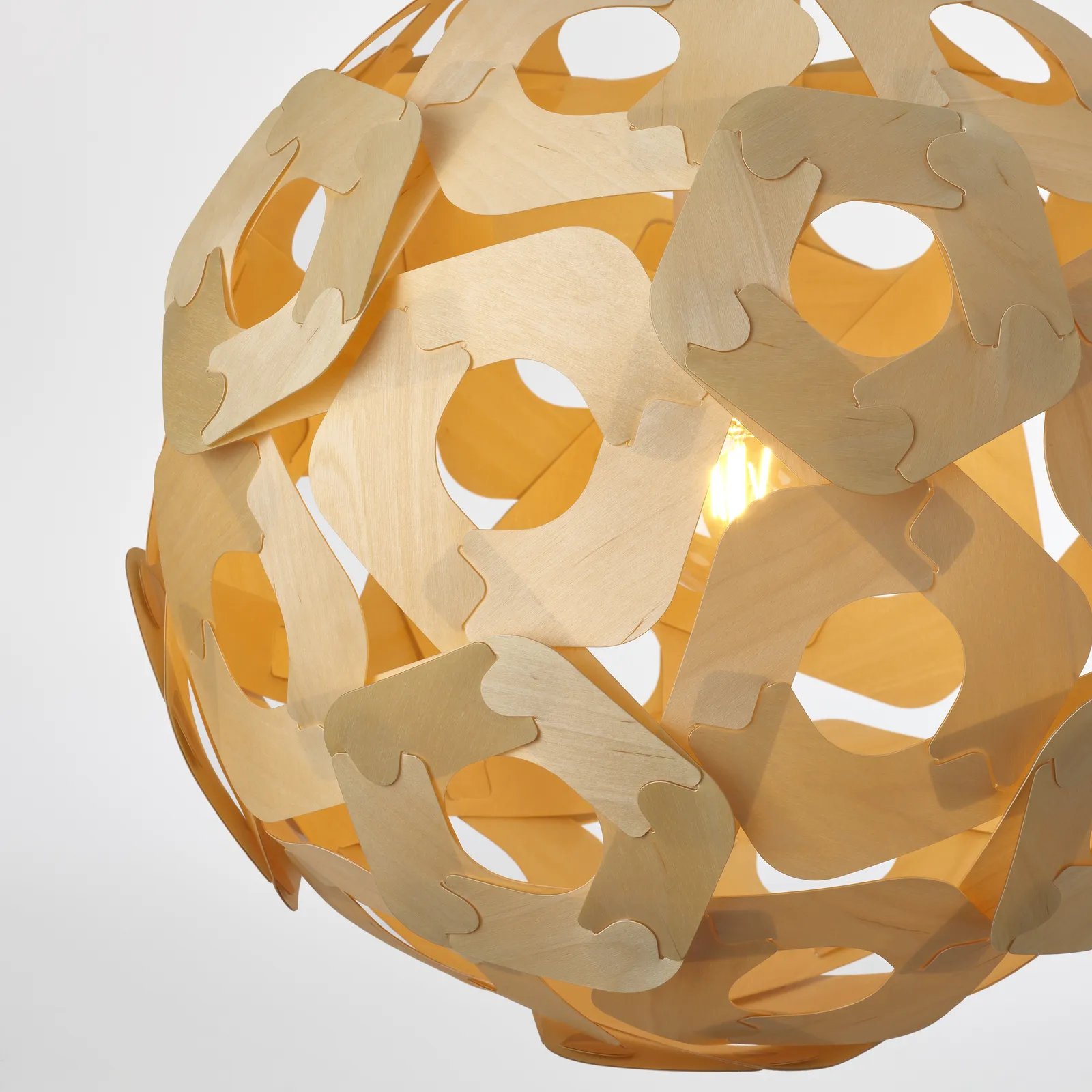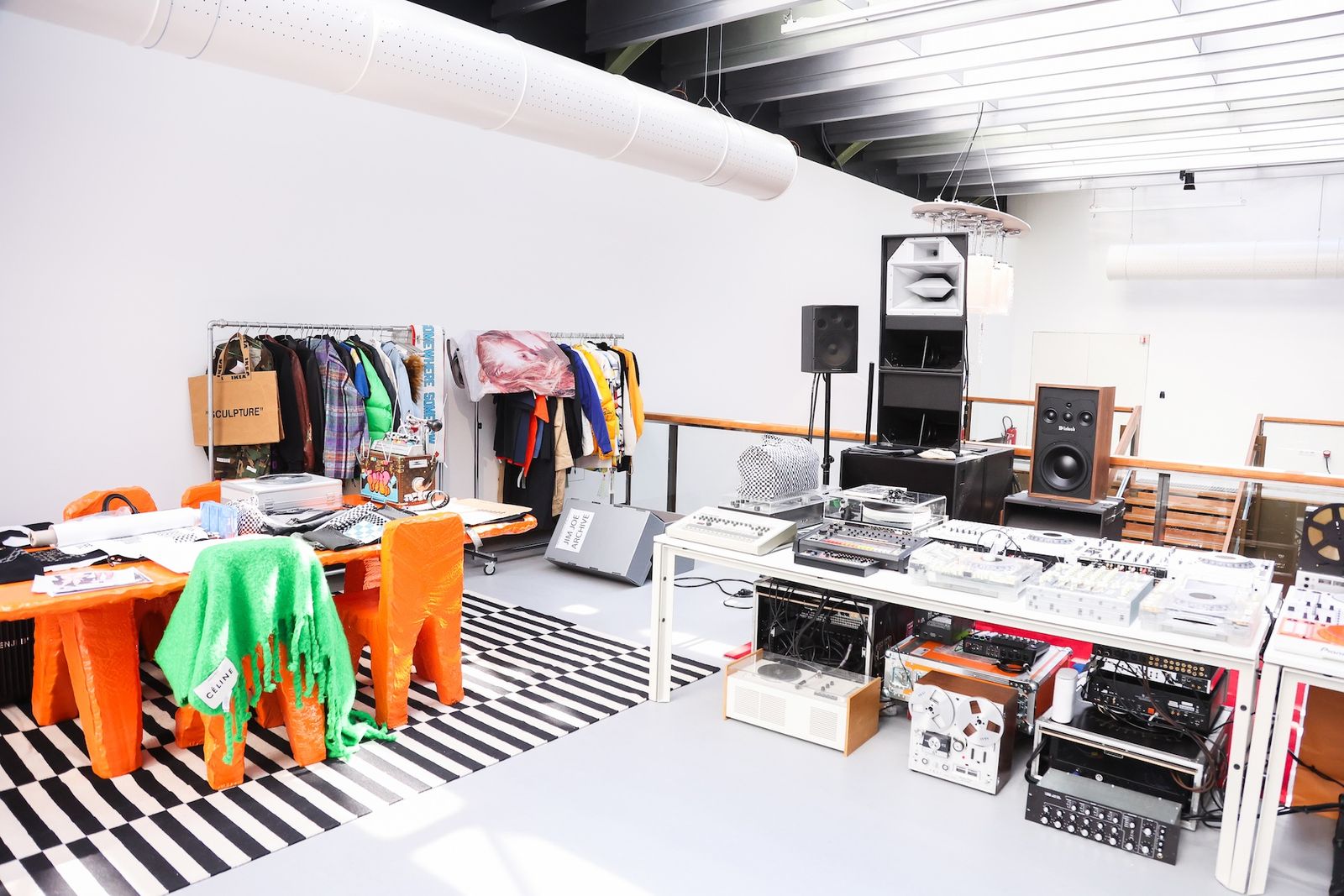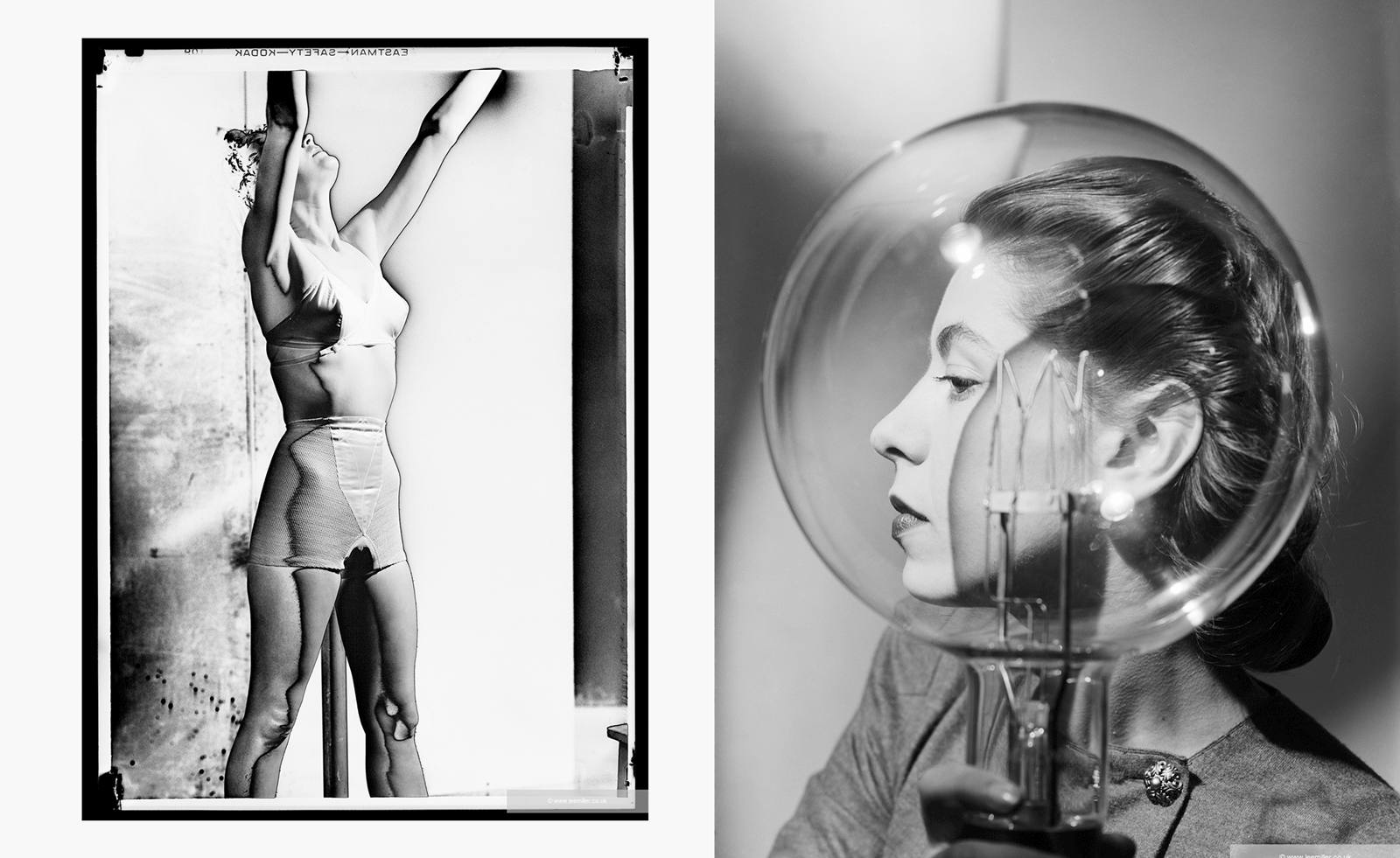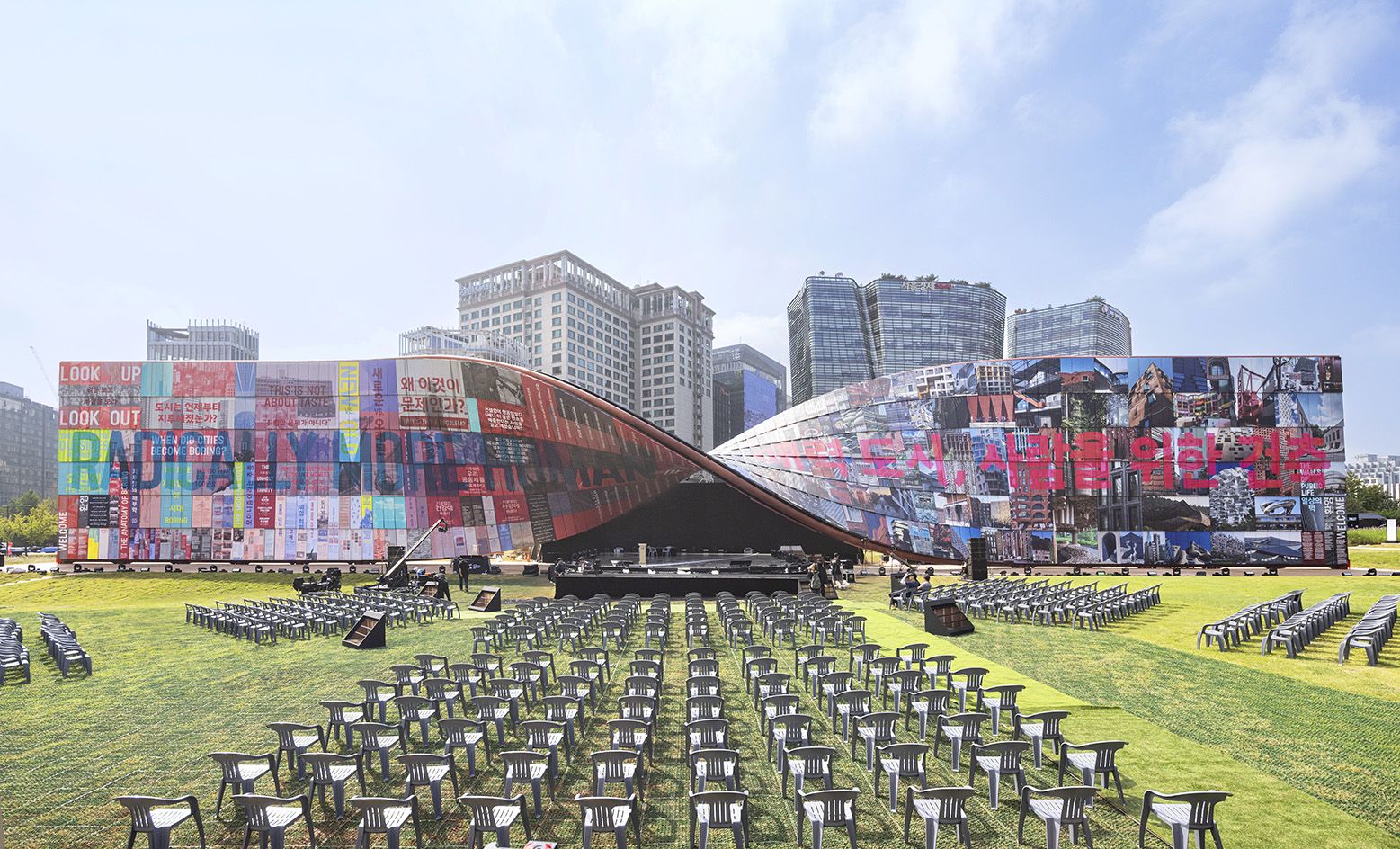| | Jack Moss, fashion features editor
The fashion industry is in a moment of historic change: by the end of this season of shows, which began in New York last month and entered its final leg in Paris this week, no fewer than 14 creative directors will have presented their debut collections at some of the world’s best-known brands, a seismic shake-up that will no doubt reshape the style landscape for several years to come. Add to that a number of sophomore collections from designers who debuted last season, and it's clear that the industry is entering a bold new chapter. |
 |
 |
 |
We’ve been reporting on those shows over the past month, with stops in New York, Milan and London, where we witnessed debuts from the likes of Dario Vitale at Versace (a gutsy opening collection stripped back the va-va-voom glamour of his predecessor Donatella Versace towards an expression of ‘reckless’ sensuality), Simone Bellotti at Jil Sander (the Italian designer presented an opening collection of clarity and lightness evoking the reductionist spirit of the label’s founder), while in Paris – where fashion week began on Tuesday – Jonathan Anderson unveiled his much-anticipated opening gambit for Dior womenswear. It was a bold recoding of the Dior archive in Anderson’s imaginative, unexpected style. ‘Change is inevitable,’ he said, in what could be the byline of the season. Among other debuts, Jack McCollough and Lazaro Hernandez channelled Elsworth Kelly at Loewe, while Pierpaolo Piccioli at Balenciaga, and Matthieu Blazy at Chanel are both presenting their fresh creative visions over the coming days – the latter show, taking place on Monday evening, will provide the month’s crescendo. Follow us in our live fashion week blog, see our daily-updated pick of the Paris shows, and also catch up on all the last month’s fashion events at Wallpaper.com. Also in this edition of Weekendpaper*, we meet graphic designer Irma Boom in her Amsterdam studio; explore a new Frida Kahlo museum in Mexico City, offering fresh insight into the painter’s life; delve into Virgil Abloh’s design archive in Paris; and embrace Ikea’s luminous new homage to the Allen key.
|
 |
 |
 |
 |
 |
 |
 |
 |
 |
Irma Boom on books and beyond – meet the Dutch graphic design legend |
 |
It seems fitting that Irma Boom – a woman who has done more than perhaps any other living person to alert the world to the possibilities of the book as a desirable, cutting-edge medium for the transmission of knowledge – should seek to communicate via print, even in person.
On the kitchen table of her premises in Amsterdam’s Oud-Zuid district, she lays out three tiny volumes of varying dimensions, each no bigger than a matchbox. These are successive editions of her signature ‘little red book’, cataloguing her life’s work in reverse chronological order with the designer’s ‘comments here and there’. The covers are emblazoned with BOOM in Flintstonian capitals. ‘It works super well in English, too,’ she says of her surname. ‘Because it’s also an explosion.’
Inside are the greatest hits of the so-called ‘Queen of Books’, from her Viktor & Rolf tome, a sort of anti-coffee table volume consisting entirely of dust jackets printed with imagery in inverted colours, to her Eileen Gray monograph published in conjunction with a Bard Graduate Center Gallery exhibition on the designer. Its edges resemble Gray’s geometric rugs; the texts and images inside are arranged ‘like architecture’.
These conceptually single-minded yet strangely flamboyant volumes change hands for great sums on the resale market. She has heard that the ink-free book she made in honour of Chanel No. 5, which, at Boom’s behest, originally retailed for $100, can fetch $18,000 secondhand. She disapproves. ‘That is not the idea,’ she tells Mark Smith. ‘What I like about making books is that it is a democratic multiple. If you compare it to architecture, it’s more social housing than villas. |
 |
Explore the landscape of the future with Bas Smets |
 |
You might expect a landscape architect to put plants at the heart of their universe. In a sense, Bas Smets, one of the industry’s pioneering thinkers, does that, too, but it’s the triptych of philosophy, art and science that forms his true north star. ‘You need to understand a site and work with it, and realise that it is not in a state of “being”, but it’s in a constant state of “becoming”,’ the Belgian landscape architect says.
His projects include the hanging gardens at the Mandrake hotel in London; the creation of 17 public plazas with Office KGDVS, crafting greenery and shading across Bahrain’s historical Pearling Path; and the Luma Foundation’s Parc des Ateliers in Arles, Provence. The redesign of the surroundings of Paris’ Notre Dame Cathedral following the devastating 2019 fire is, no doubt, his most high-profile upcoming project.
Creating worlds and transforming landscapes sounds powerful, but it comes with restrictions: how much are we meant to tweak and tinker with the natural world, asks Ellie Stathaki? ‘Plants move, all life moves, even continents move, but we don’t have to be naive about it,’ notes Smets, highlighting the need for a scientific approach and calculated steps. ‘The idea of indigenous plants was invented in the 18th century, which was a very peculiar moment in history. It was about putting categories on animals, people and plants; this one is from here, and that one is not. The reality is that nature has never cared about that. In today’s climate crisis, we have to think about the force of plants, their capacity, and look at them as an opportunity.’ |
 |
Can a Mexico City house museum reframe Frida Kahlo’s artistic legacy? |
 |
Any first-time visit to Mexico City includes a pilgrimage to the Frida Kahlo Museum, known as Casa Azul. It’s where the artist lived with her husband Diego Rivera, and where the details of her life story and her surrealistic work have become symbols of resilience, feminism, and political activism. But a new house museum opened by Kahlo’s descendants attempts to plumb deeper, revealing a more intimate portrait and highlighting the Kahlo family influence on the painter’s personal and professional life, writes Stacie Stukin.
The new Museo Casa Kahlo – set within a home lived in by the artist’s sister Cristina’s side of the family until 2023, having been purchased by her parents in 1930 – has been over 20 years in the making. Although Kahlo did not grow up in the house, she visited frequently. ‘We knew there were stories in the house and things for an archive,’ recalled Cristina’s great-granddaughter Frida Hentschel Romeo. ‘But as we discovered so many treasures, we knew these things belonged in a museum.’ The space finally opened in September, having been designed with the help of David Rockwell. Finds span from previously unseen letters and early sketches to original glass negatives belonging to Kahlo’s father Guillermo, a German immigrant who became an architectural photographer; he was also a painter, and Hentschel Romeo said it was Guillermo, not Rivera, who first taught Frida how to paint and view the world as an artist.
‘The story of Frida has been told by Rivera and by other voices than her family,’ said Hentschel Romeo. ‘We’re not trying to reclaim her story – we just want to tell the complete story.’ |
 |
|
| |
.jpg)
.jpg)







